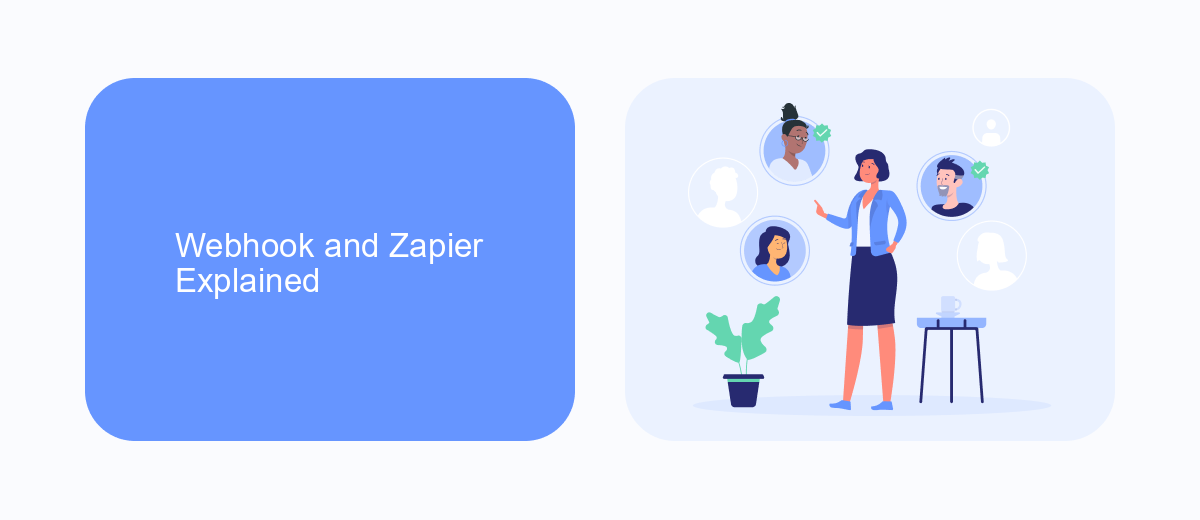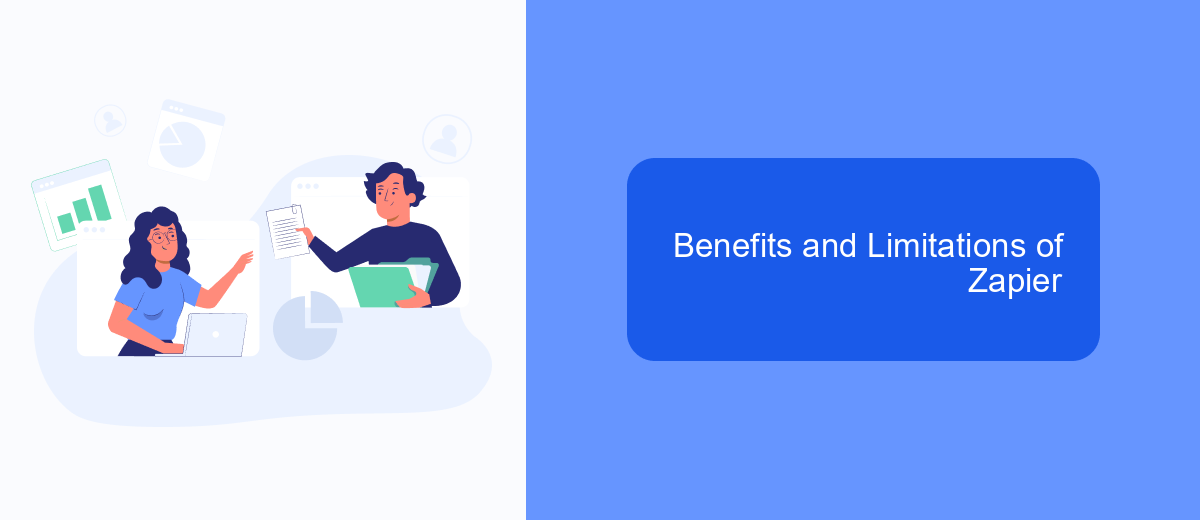In today's fast-paced digital world, automation is key to streamlining workflows and boosting productivity. Two popular tools that help achieve this are Webhooks and Zapier. While both serve the purpose of automating tasks, they operate in distinct ways and offer unique benefits. This article delves into the differences between Webhooks and Zapier, helping you choose the right solution for your needs.
Introduction
In the ever-evolving digital landscape, automation plays a crucial role in optimizing workflows and enhancing productivity. Two popular tools that facilitate automation are Webhooks and Zapier. While Webhooks provide a way for web applications to communicate with each other in real-time, Zapier offers a user-friendly platform to create automated workflows between different apps without any coding knowledge.
- Webhooks: Ideal for developers who need real-time data transfer and custom integrations.
- Zapier: Perfect for non-developers who want to automate tasks between apps with a simple interface.
- SaveMyLeads: A service that simplifies the process of connecting different applications, making it easier for businesses to manage their leads and automate workflows.
Understanding the differences between Webhooks and Zapier can help you choose the right tool for your needs. Whether you’re a developer looking for flexibility or a business owner seeking simplicity, there’s a solution that fits your requirements. SaveMyLeads can further streamline your automation efforts by offering seamless integrations tailored to your business processes.
Webhook and Zapier Explained

Webhooks and Zapier are essential tools for automating workflows and integrating different applications. A webhook is a method that allows one application to send real-time data to another application whenever a specific event occurs. For example, when a new user signs up on a website, a webhook can instantly send this information to a CRM system. Webhooks are highly efficient for real-time data transfer but require some technical knowledge to set up and manage.
Zapier, on the other hand, is a user-friendly platform that enables non-technical users to create automated workflows between different applications without writing any code. It supports thousands of apps and allows users to set up "Zaps" that trigger actions based on specific events. For those who seek an even more streamlined solution, services like SaveMyLeads offer pre-built integrations and simplify the process of connecting various applications, making it easier to automate tasks without the need for extensive technical expertise.
Benefits and Limitations of Webhooks

Webhooks offer a straightforward way to automate workflows by sending real-time data from one application to another when specific events occur. They are highly efficient and reduce the need for constant polling, saving both time and resources. Additionally, webhooks are highly customizable, allowing developers to tailor them to meet specific needs without the limitations imposed by third-party platforms.
- Real-time data transfer
- Reduced server load and resource usage
- Highly customizable
- Simple to implement
However, webhooks also come with limitations. They require a certain level of technical expertise to set up and manage, which can be a barrier for non-developers. Additionally, error handling and security are crucial aspects that need to be carefully managed. For those looking for a more user-friendly solution, services like SaveMyLeads can help simplify the process, offering an easy way to set up and manage webhooks without needing extensive technical knowledge.
Benefits and Limitations of Zapier

Zapier is a powerful automation tool that connects various apps and services without the need for coding. It allows users to create automated workflows, known as "Zaps," which can save time and reduce manual tasks. The platform supports over 3,000 apps, making it versatile for different use cases.
However, Zapier is not without its limitations. While it offers a wide range of integrations, some advanced features may require a premium subscription. Additionally, complex workflows can sometimes be challenging to set up and may require some technical know-how.
- Easy to use with a user-friendly interface
- Supports a wide range of apps and services
- Reduces manual tasks through automation
- Premium features can be costly
- Complex workflows may need technical skills
For those looking for an alternative, SaveMyLeads offers a straightforward solution for setting up integrations. It simplifies the process, making it accessible even for users with minimal technical skills. This can be particularly useful for businesses seeking efficient and cost-effective automation solutions.
Conclusion
In conclusion, both Webhooks and Zapier offer powerful solutions for automating workflows and integrating various applications. Webhooks provide a more direct and real-time method for triggering actions based on specific events, making them ideal for developers who need precise control over their integrations. On the other hand, Zapier offers a user-friendly, no-code platform that allows non-technical users to create complex automation with ease, making it accessible to a broader audience.
For those looking to streamline their integrations without deep technical knowledge, services like SaveMyLeads can be invaluable. SaveMyLeads simplifies the process of connecting various applications, allowing users to focus on their core business activities rather than the technicalities of integration. Ultimately, the choice between Webhooks and Zapier depends on your specific needs, technical expertise, and the complexity of the tasks you aim to automate. By understanding the strengths and limitations of each option, you can make an informed decision that best suits your workflow requirements.
- Automate the work with leads from the Facebook advertising account
- Empower with integrations and instant transfer of leads
- Don't spend money on developers or integrators
- Save time by automating routine tasks
FAQ
What is the main difference between Webhooks and Zapier?
When should I use Webhooks instead of Zapier?
Can I use Webhooks with Zapier?
What are the advantages of using a service like SaveMyLeads for automation?
How secure are Webhooks compared to platforms like Zapier?
Would you like your employees to receive real-time data on new Facebook leads, and automatically send a welcome email or SMS to users who have responded to your social media ad? All this and more can be implemented using the SaveMyLeads system. Connect the necessary services to your Facebook advertising account and automate data transfer and routine work. Let your employees focus on what really matters, rather than wasting time manually transferring data or sending out template emails.

